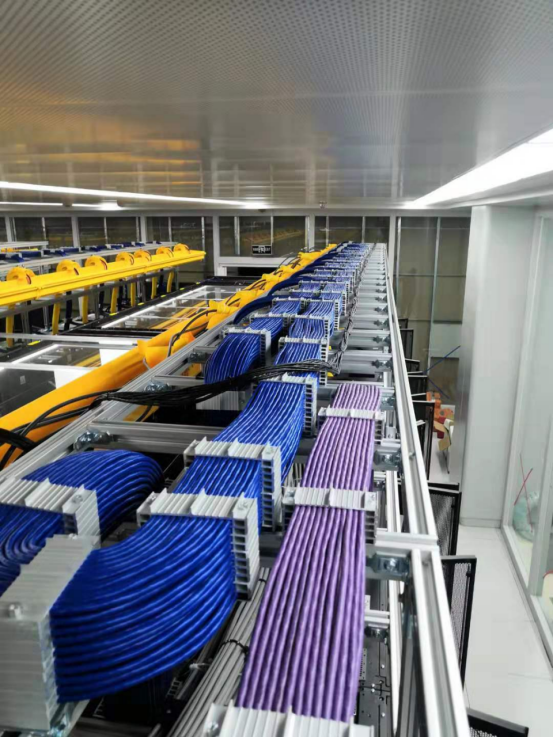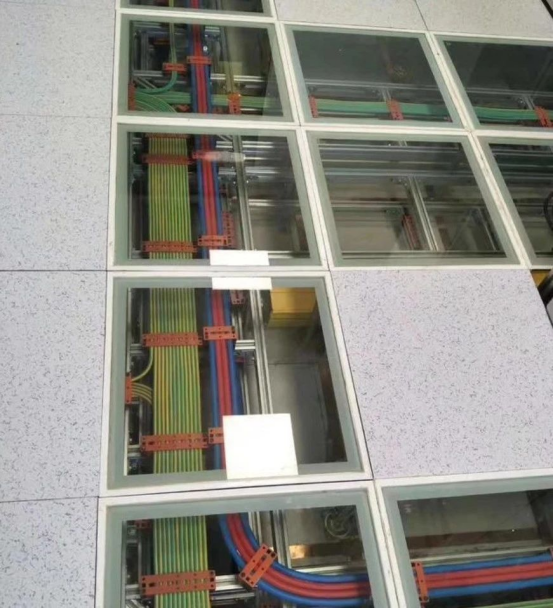When it comes to the wiring method of data center cabling systems, many friends are more concerned about whether it is better to route the cables up or down. Let’s summarize this issue.
Why discuss this issue? Because if the initial planning of the wiring system is unreasonable, it will take several times the time to adjust it later.
1.What are upper routing and lower routing?
In data center projects, the mainstream wiring methods of cabling systems are generally divided into two categories: upper wiring and lower wiring.
Cable routing means that the cables are laid on the pre-installed bridge above the cabinet equipment. Holes are drilled in the ceiling cement board to fix the hanging frame, and the cables are routed and routed to each cabinet.
Downstream routing means that the cables are laid under the movable floor, either directly on the ground or on the bridge under the floor.

2.Which one is better, upper routing or lower routing?
The popularity of upward cabling in recent years is inseparable from the continuous upgrading of the size of computer rooms, the popularity of down-air cooling methods, and users' emphasis on maintenance and management. Upward cabling is closely related to later maintenance and expansion.
Relatively speaking, after a long time, the down-cabling equipment room has fatal flaws such as no rodent protection, large dust, difficulty in maintenance, and unfavorable fire protection.
In addition, the current building height of domestic data center projects is limited, and the net height occupied by "downstream cabling" will be higher than that of "upper cabling". There is also a lack of flexibility in the layout and future changes of the computer room.

In addition, the technical specification document for the computer room and wiring engineering clearly states the "wiring engineering implementation requirements": strong and weak current wiring in the computer room should be clearly separated to avoid electromagnetic interference. The best way is to use under-floor wiring for strong current. Weak current uses upper wiring, strong current uses wire troughs, and weak current uses hoisting metal ladders.
Of course, this does not mean that down wiring is useless. Down wiring also has applications. Relatively speaking, down wiring has certain advantages in terms of ease of laying and cost. The down wiring method does not affect the aesthetics of the computer room. Relatively speaking, the requirements for construction cable management are reduced, and the construction is faster.
When the cable density and capacity are large, the upper wiring will put a lot of pressure on the wiring rack. For the wiring method on the grid-type bridge, the construction and binding of the wiring system requires very high cable management and construction quality. Whether it is good or bad will directly affect the appearance of the overall data center.
Therefore, anti-static boards are generally installed, and lower wiring can also be used. Which wiring should be used should also take into account the customer's requirements for the data center, such as cost, maintenance, computer room upgrades, construction period, etc.









 Home
Home